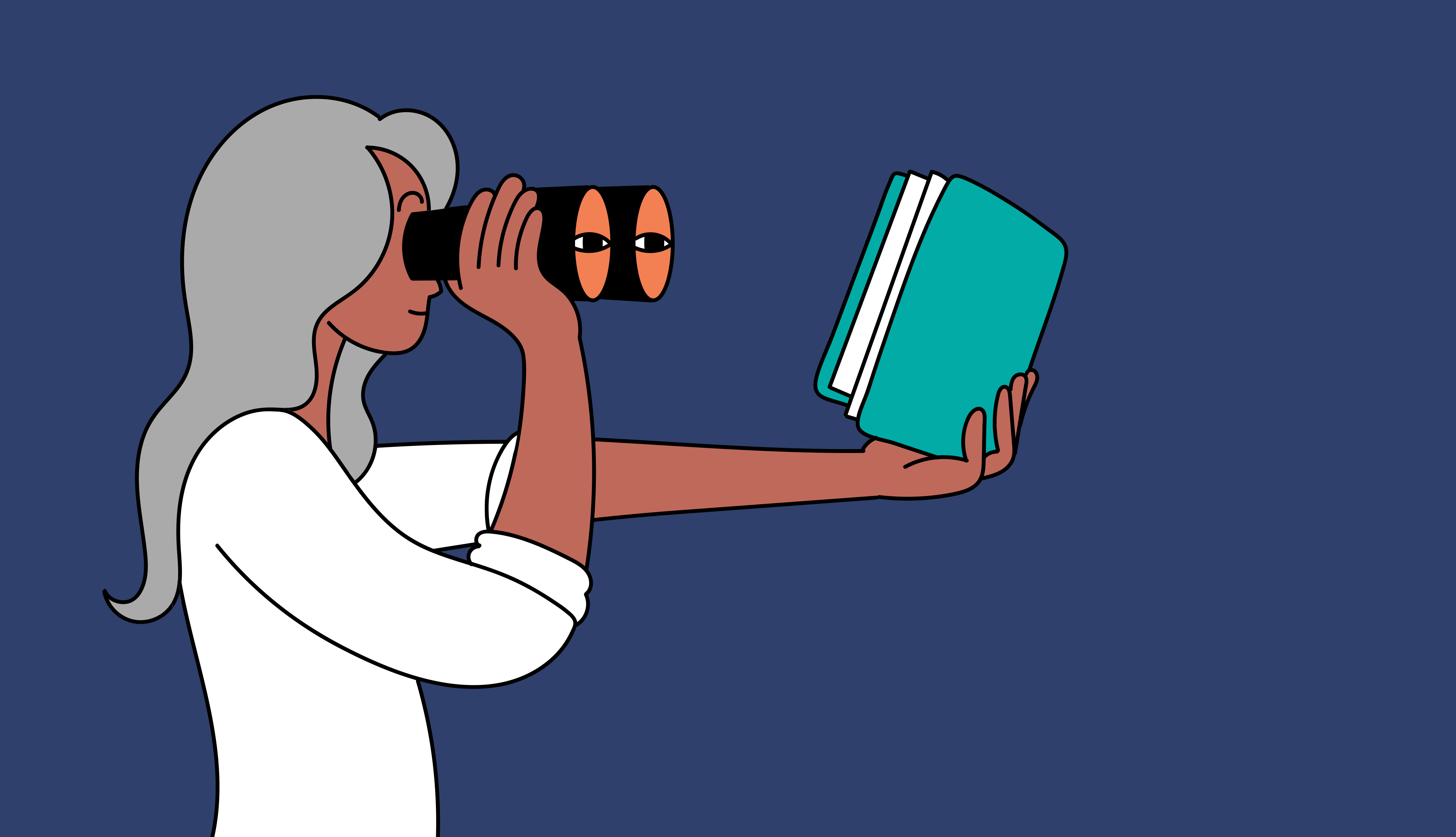
Understanding presbyopia: symptoms and treatment options
- Select a language for the TTS:
- UK English Female
- UK English Male
- US English Female
- US English Male
- Australian Female
- Australian Male
- Language selected: (auto detect) - EN
Play all audios:

The drops are a low dose of a medication that makes the pupils smaller and increases the focal range, similar to a camera’s aperture, a fancy word for “opening,” according to Lisa Park, an
ophthalmologist and associate professor of ophthalmology at Columbia University Irving Medical Center in New York. However, Park says the drops are not without risks, including, in rare
cases, retinal detachment. You can expect to pay between $80 and $100. Insurance companies do not generally cover eye drops. TYPES OF SURGERY There are several surgical options available,
which greatly depend on each person’s vision needs, according to Shahzad I. Mian, M.D., professor of ophthalmology and director of W.K. Kellogg Eye Center, University of Michigan, Ann Arbor,
MI. CATARACT SURGERY Mian says surgery to correct cataracts, when an aging eye lens becomes cloudy and hinders vision, can also correct presbyopia. This involves removing the lens and
replacing it with a plastic lens. It creates monovision, which means one eye is corrected for up close and the other eye is corrected for distance. It may take some time for your brain to
adjust. “People who have cataracts also have issues with their reading vision as well, but cataracts tend to become functionally visually significant more when you're in your 60s or
older, on average,” Mian says. LASIK LASIK, short for laser-assisted in situ keratomileusis, is another option. LASIK surgery involves an ultraviolet laser to reshape the curvature of the
cornea, the clear covering of the eye that refracts light. This procedure is also very quick and can create multifocal, bifocal, or other types of vision corrections. Side effects can
include temporary fuzzy vision, dry eye or a halo effect. BE PROACTIVE WITH YOUR EYE HEALTH “Don’t ignore eye strain,” says Wong. With more and more people working from small screens on
laptops and their smartphones, eye strain can worsen. If you’re struggling with eye strain or need to “reset” your eyes often, like every 15 minutes, it’s time to see an eye doctor.
